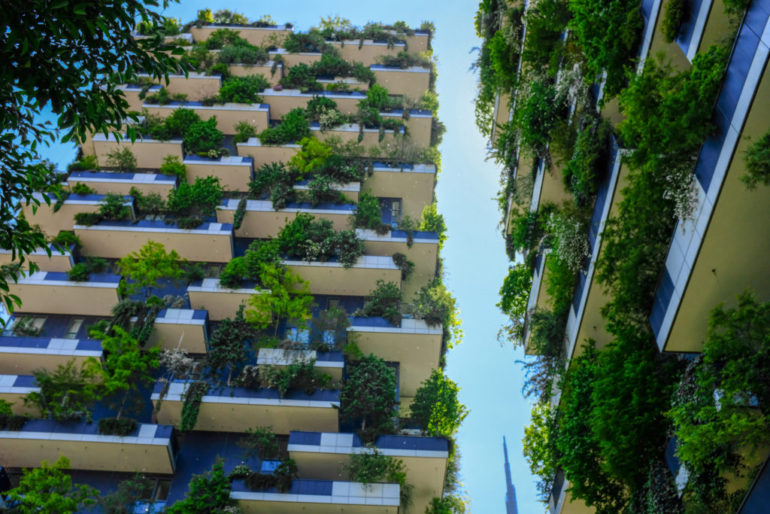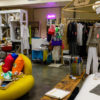The most creative things you can find in Milan, including a garden in the sky, Wes Anderson-designed cafe, and Italian-Chinese fusion dumplings.
Milan: I’d only heard of it in the context of “Design Week” and “Fashion Week,” so the city established itself in my mind as one for the crowds. Though I wasn’t there for either of the festivities, I ended up pleasantly surprised by all the creative inspiration in the city. From sky forests to whimsical cinematic cafes, Milan’s many features throw you back and forth between the future and the past.
Here are some of my favorite parts of the city, which capture just how innovative and vibrant it is.
To Explore
Bosco Verticale and The Library of Trees: A New Perspective on Plants
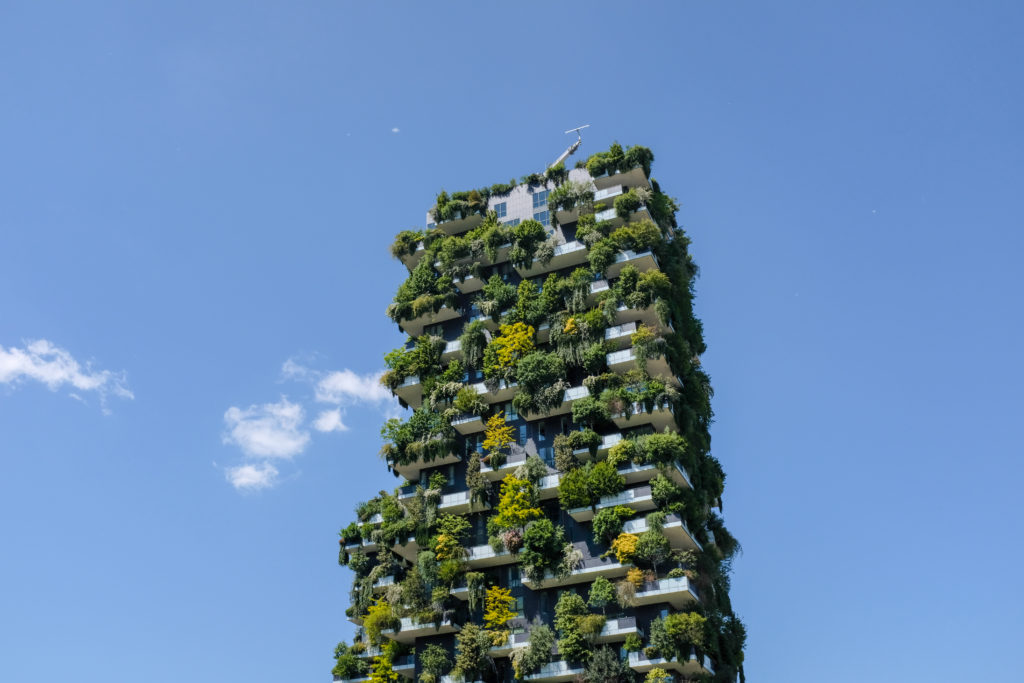
In English, “Bosco Verticale” translates to “vertical forest.” It’s the name of a pair of towers that feels like a platform for plants in the sky. It’s truly a fascinating sight and reminds me of a greener version of Montreal’s Habitat 67 in terms of its “building block”-like architecture.
With more than 11,000 plants on each tower, the buildings are oxygen-producing machines. Apparently, they feature so much diversity in their trees and shrubs that they have also attracted new bird and insect species to the city.
If you look closely at the photo above, you can spot a thing on the top of the building that looks like a giant shower nozzle. Even that object is environmentally friendly—it regularly nourishes the plants using filtered waste water.
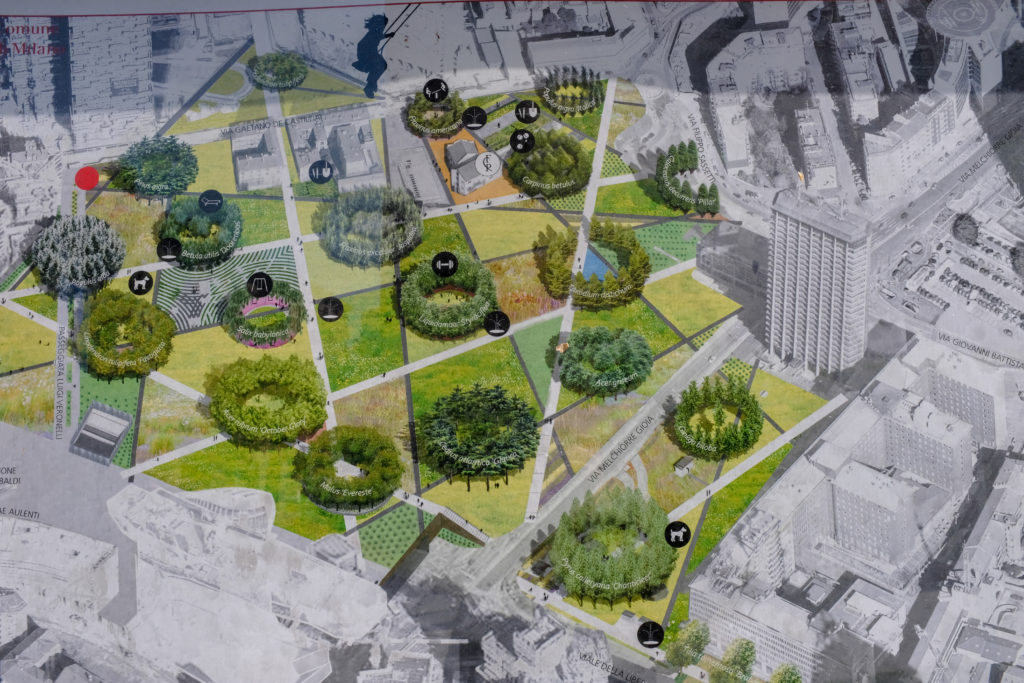
Surrounding the buildings, you can find a park called “The Library of Trees.” It’s essentially a large patch of grass with criss-crossing paths that lead visitors to circles of trees. Each arrangement of trees highlights a part of the park that people would want to visit, such as a playground, meadow, or benches.
10 Corso Como: A Store That Feels Like a Museum Gallery
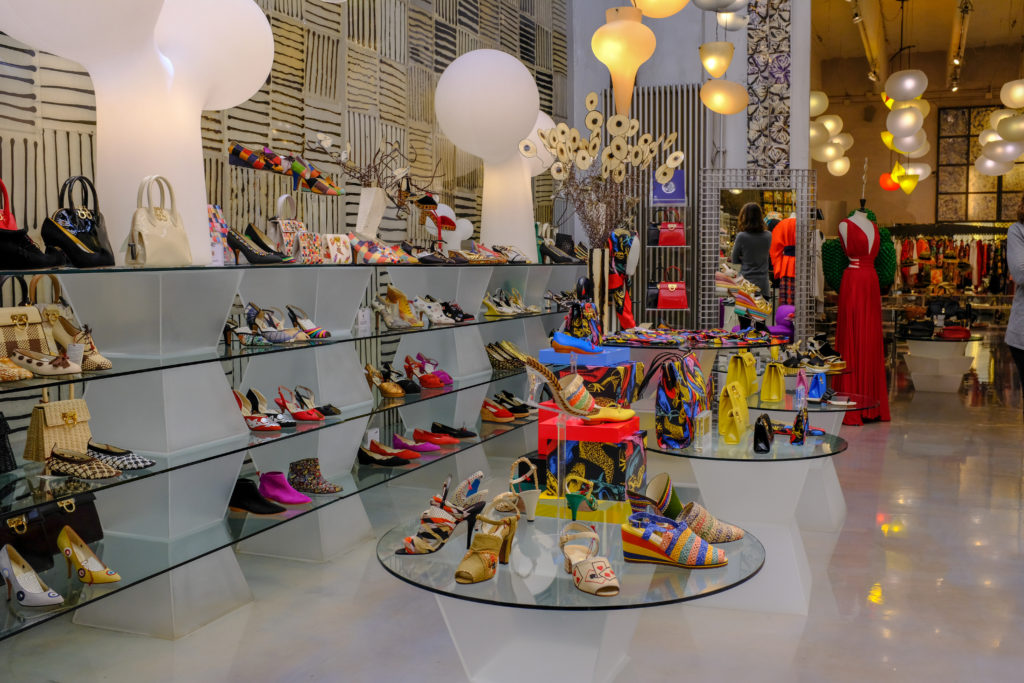
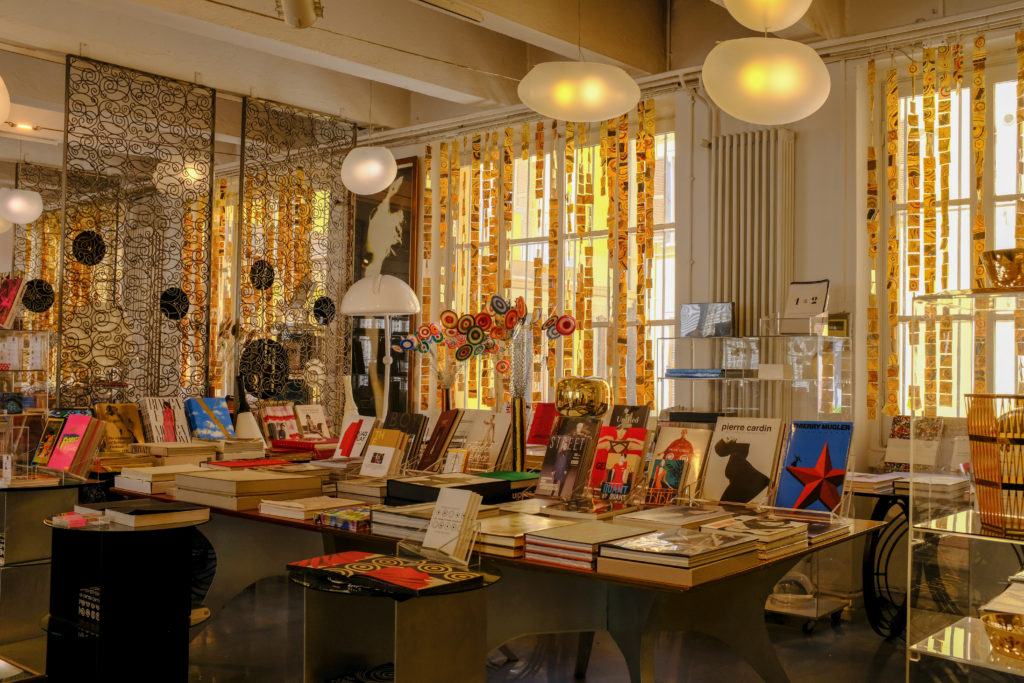
The first thing you’ll likely see when you walk into the plant-filled courtyard of 10 Corso Como is people sitting outside, enjoying drinks at the elegant cafe. Then, when you walk into the two floors of the store, you’ll feel transported into a modern museum gallery.
The rooms are both messy and pristine, full of colors that radiate from the high-end clothing, art pieces, and books. In between the stores, there’s also a tiny pop-up gallery, in case you need a palate cleanser. The store feels like a celebration of Italian artists and designers.
Brera: A Neighborhood for Wandering
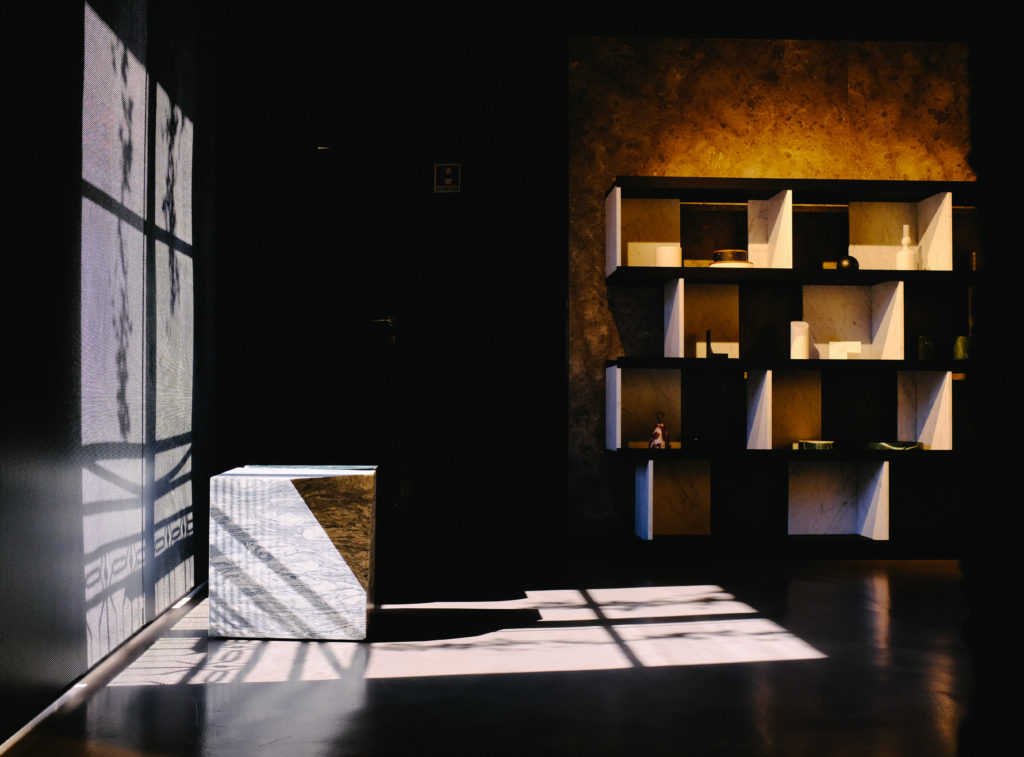
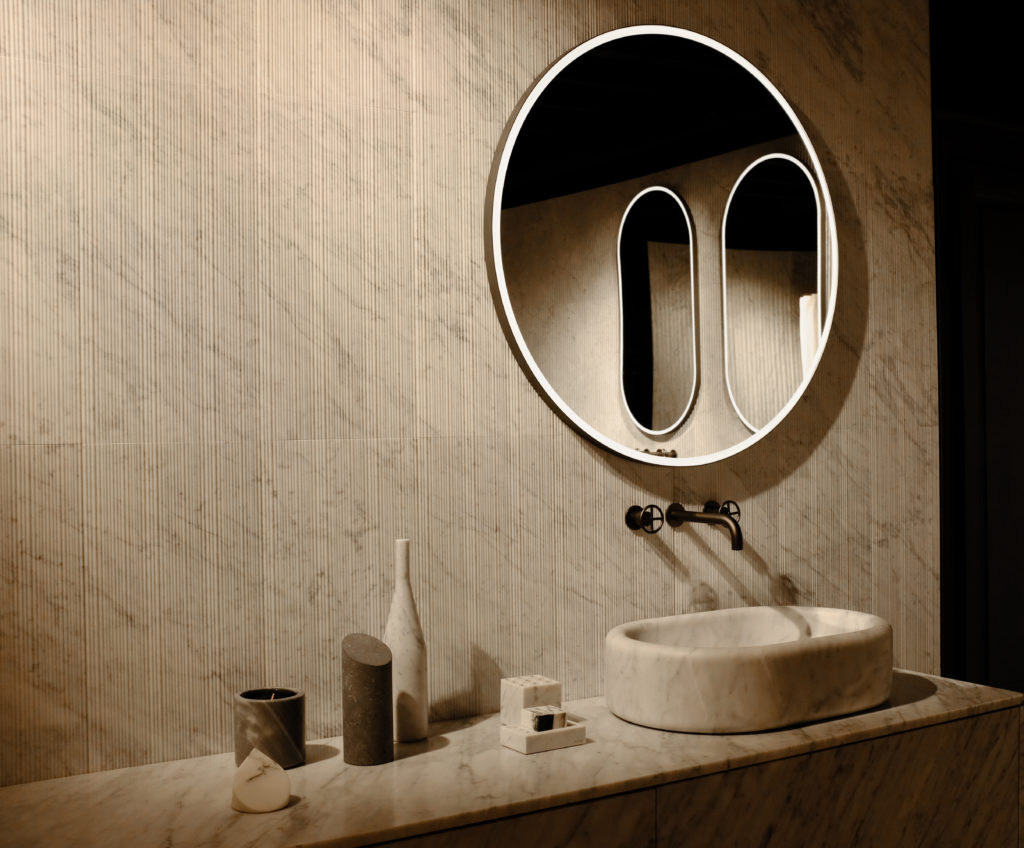
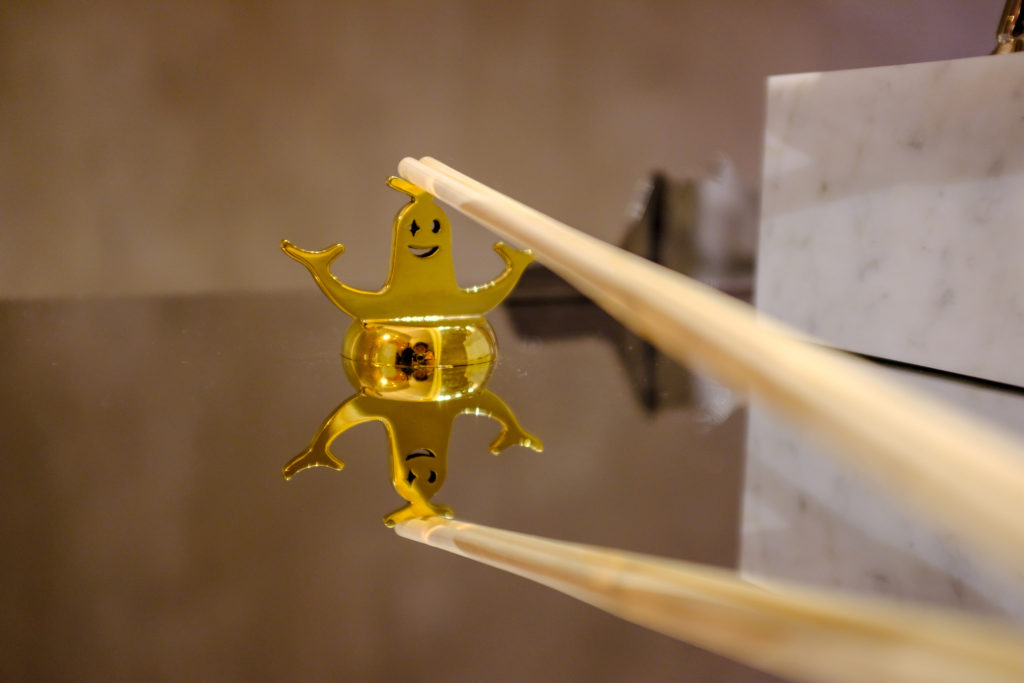
Our favorite way to explore cities is to find a neighborhood and just get lost. For us, Brera was the perfect spot for this. Filled with beautiful courtyards, galleries, and small shops, it feels a bit like Montmartre in Paris (some even describe it as “Milanese Montmartre”). While wandering around, we were fortunate to catch some leftover exhibits from Design Week, which happened a few weeks earlier.
Bar Luce: A Cafe Literally Designed by Wes Anderson
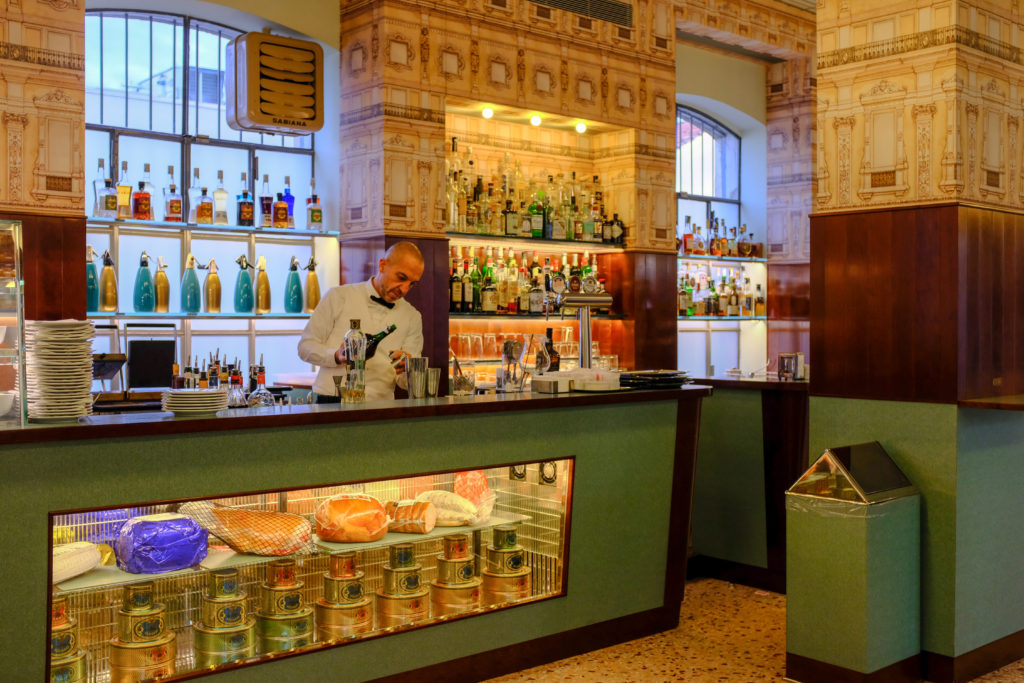
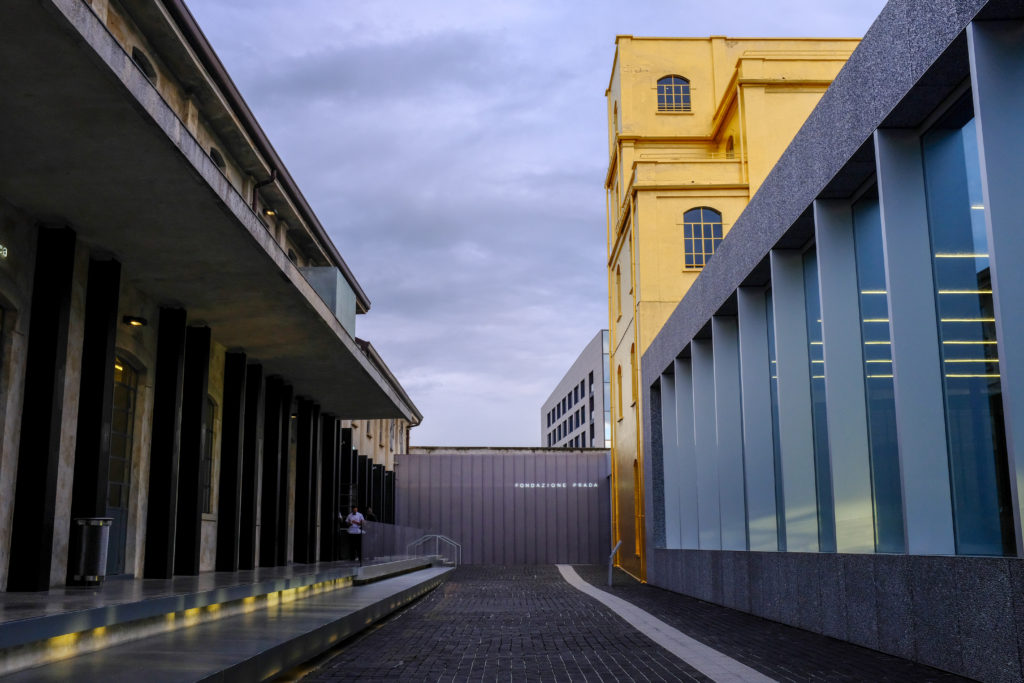
There are dozens of Wes Anderson-inspired cafes around the world—but Bar Luce is designed by none other than the director himself. He wanted it to feel like a neighborhood joint, somewhere where he could work for hours. Although he didn’t design the cafe symmetrically, like many of his movies, you can still find his signature elements: pastel colors, whimsical details.
Though the location of the bar is further south from the main city, it’s situated inside the Fondazione Prada, so you can pair the visit with an exploration of the galleries or architecture-themed walk around the campus.
Triennale Milano: The Classic for Design Lovers
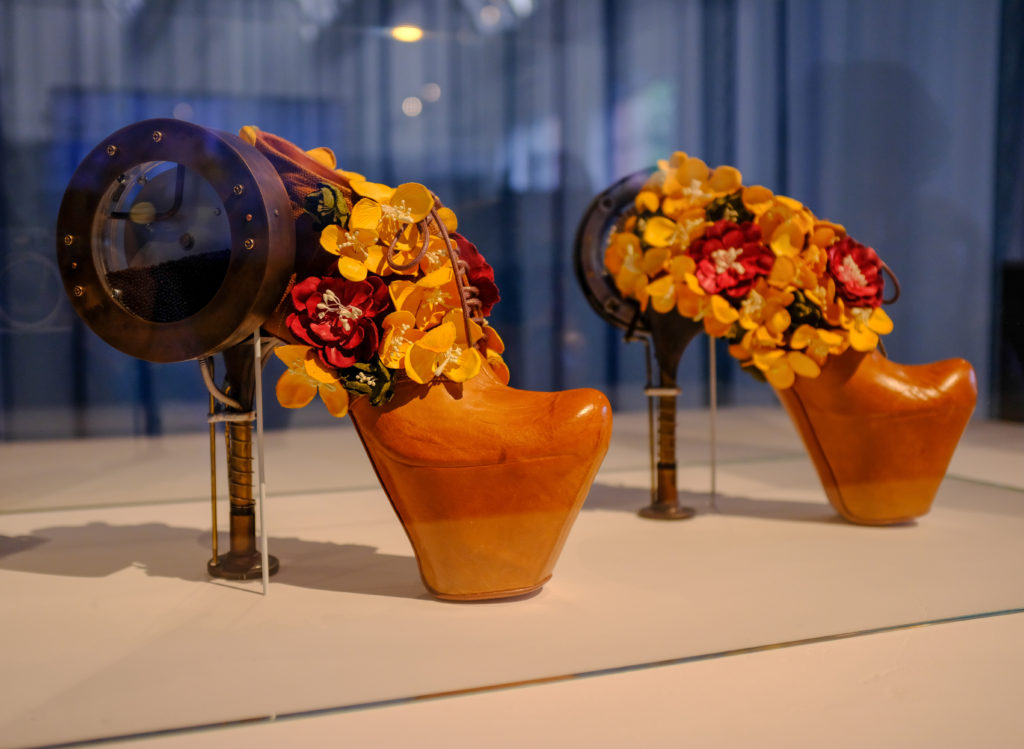
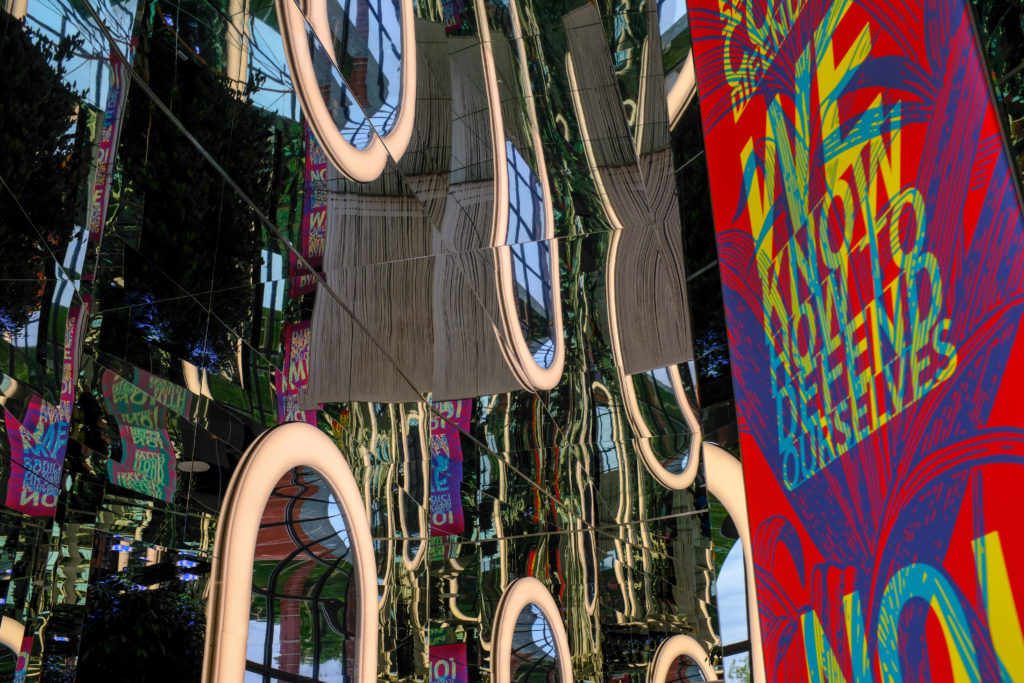
This place is one of the must-sees for design in Milan! It started as an architecture and industrial design event that happened every 2-3 years, but now it’s a museum. I want to write more highlights from this visit in a separate post, but it felt like weeks worth of exploration packed into one spot.
The exhibit we attended was about the intersection of design and nature, which was really exciting for us. Among other things, we heard an “orchestra” of animal sounds, saw lots of designs inspired by and meant to protect nature, and also got to visit international exhibits submitted by countries ranging from Germany to Lithuania on how they approach environmentally-friendly design.
Metro Lines and Trams: A Burst Of Color When You Least Expect It
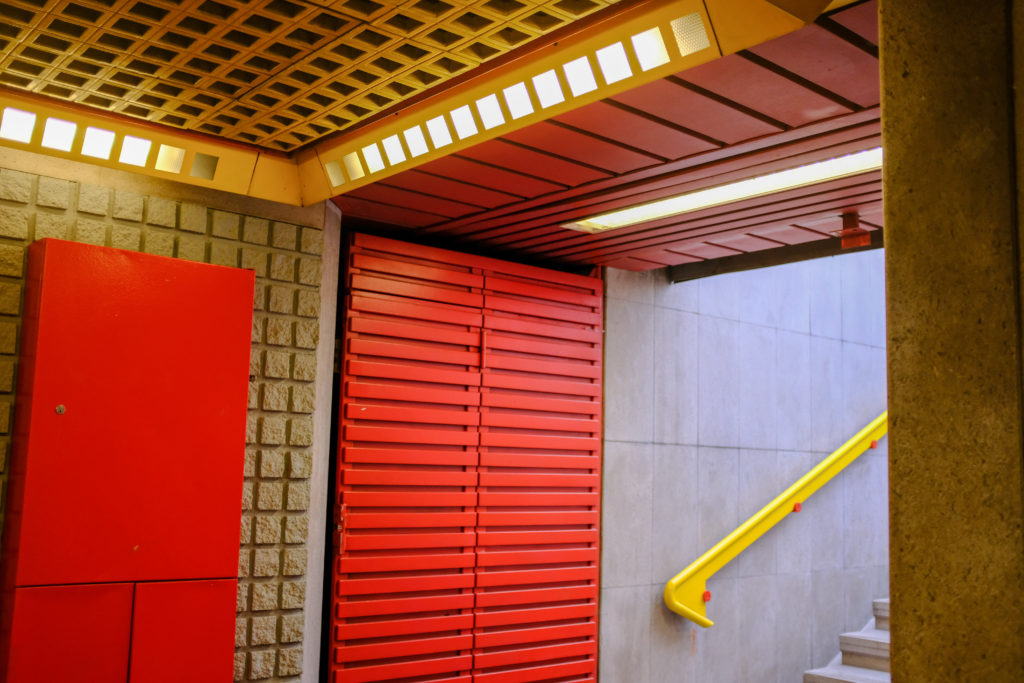
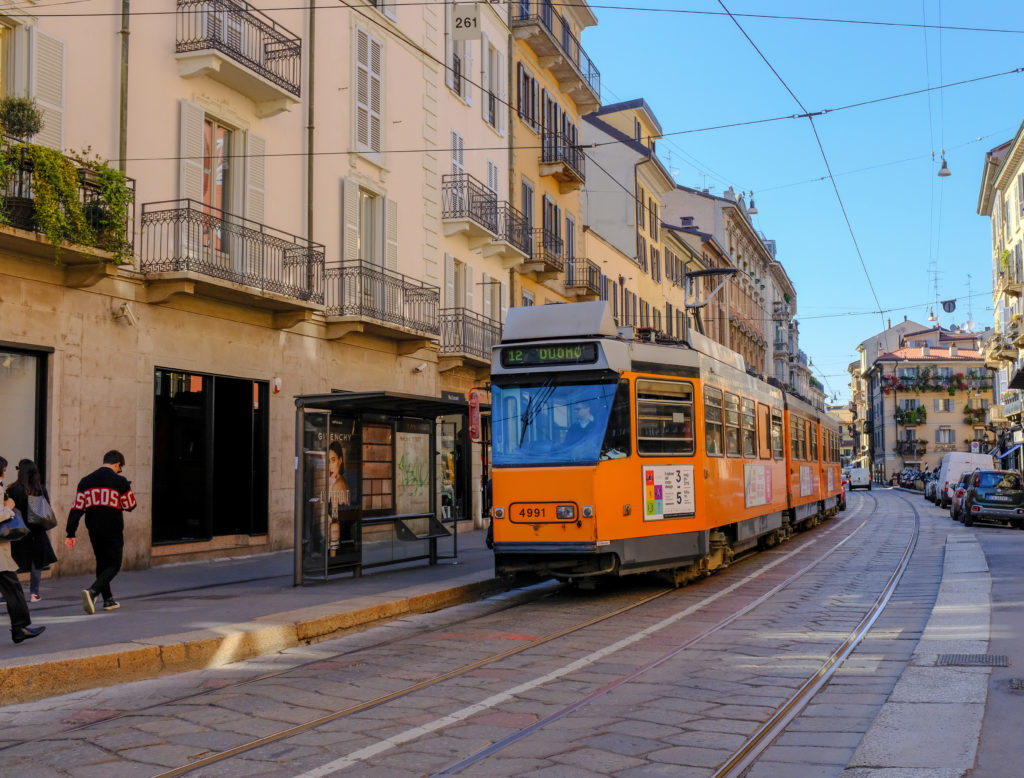
The metro stations in Milan are incredible. Designed by Bob Noorda, the same person behind New York’s subway system, they are incredibly simple and have beautiful color systems (you can read more about the design in this CityLab article). The metro lines aren’t the only aesthetically-pleasing form of public transportation, though. The trams are really historic, too, and riding in them feels like a throwback.
To Consume
De Santis: Just Plain Good Paninis
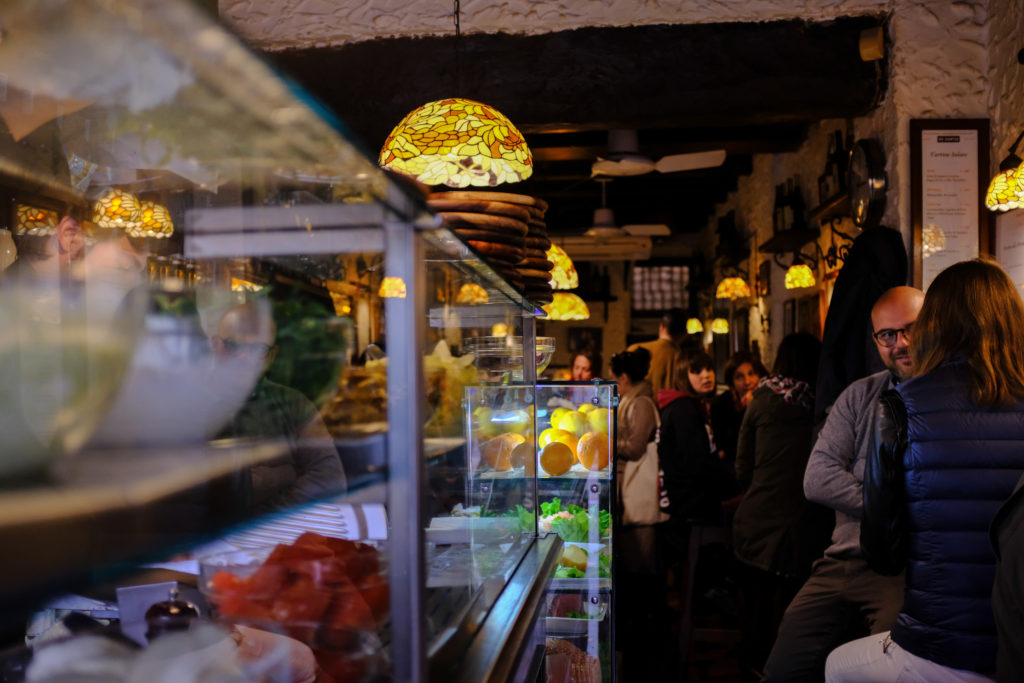
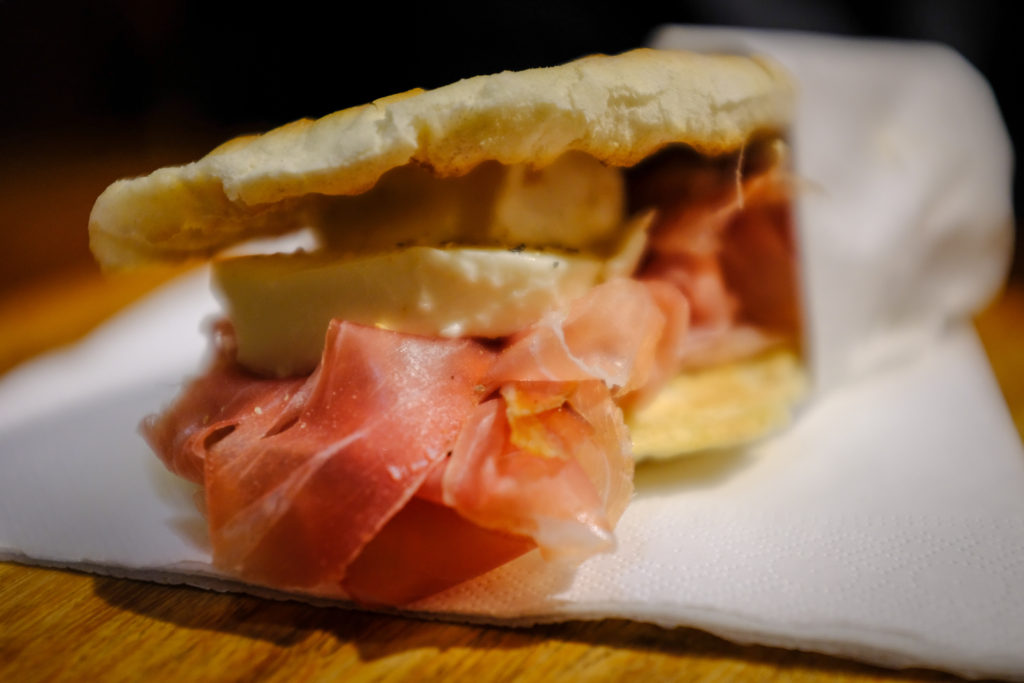
Sure, there are tons of great sandwich spots in Milan. But De Santis is really something special. It’s an incredibly narrow shop (dare I say hallway?) with just a few seats along the wooden bar and in the back. Though it’s a tight squeeze, especially during lunch hour, it’s worth the visit.
The menu alone takes at least 10 minutes to read through, but that’s indicative of their willingness to experiment with different recipes. Their sandwiches include unconventional ingredients, from smoked mackerel to wine-infused goat cheese, yet they are still incredibly simple. If I lived in Milan, this would be my go-to lunch spot.
Pescaria: Fresh Seafood Sandwiches
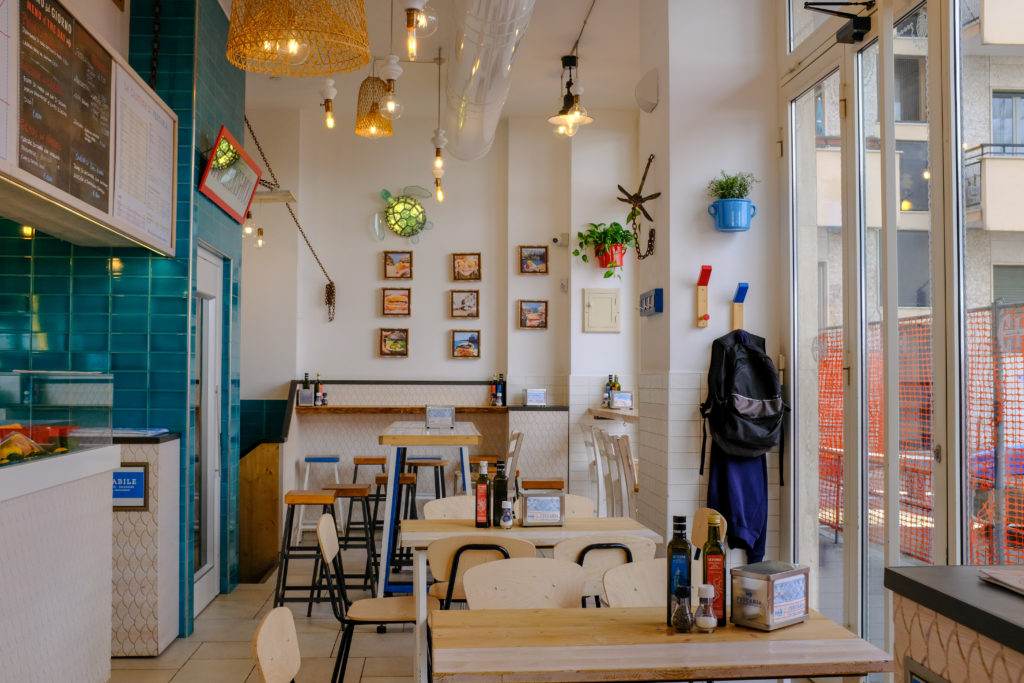
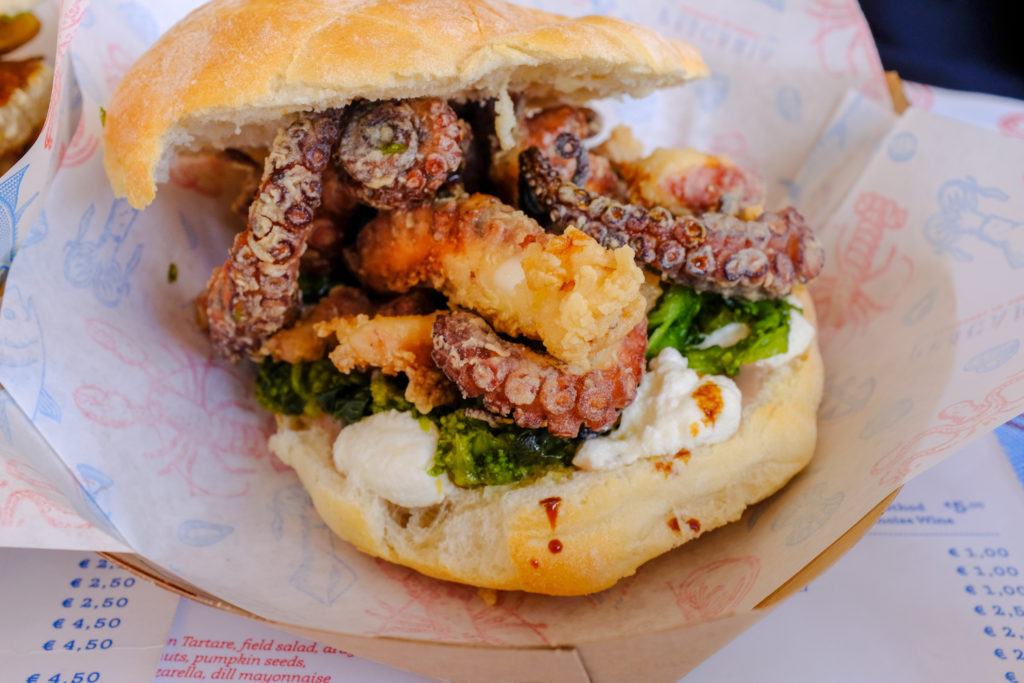
A cute, nautically-themed “fast food” restaurant, known for their fish-filled sandwiches. Originating from Puglia, it made its way north and recently opened a store in Milan. Try the fried octopus sandwich, which includes oil-soaked chicory, lemon-flavored ricotta, and a red wine drizzle.
Ravioleria Sarpi: Dumplings with an Italian Twist
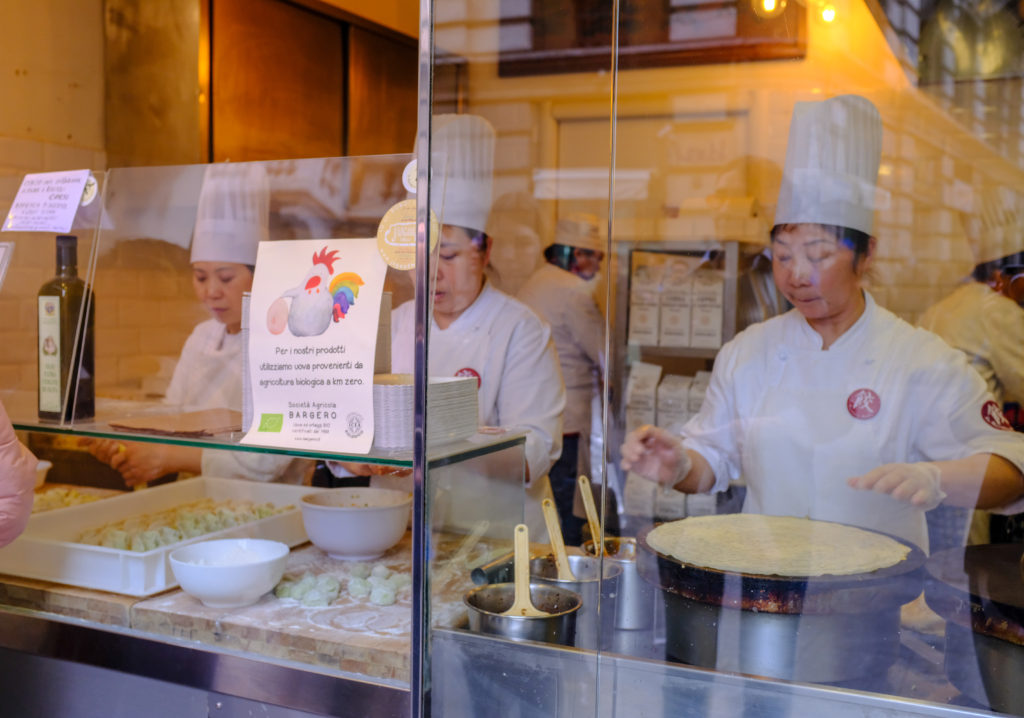
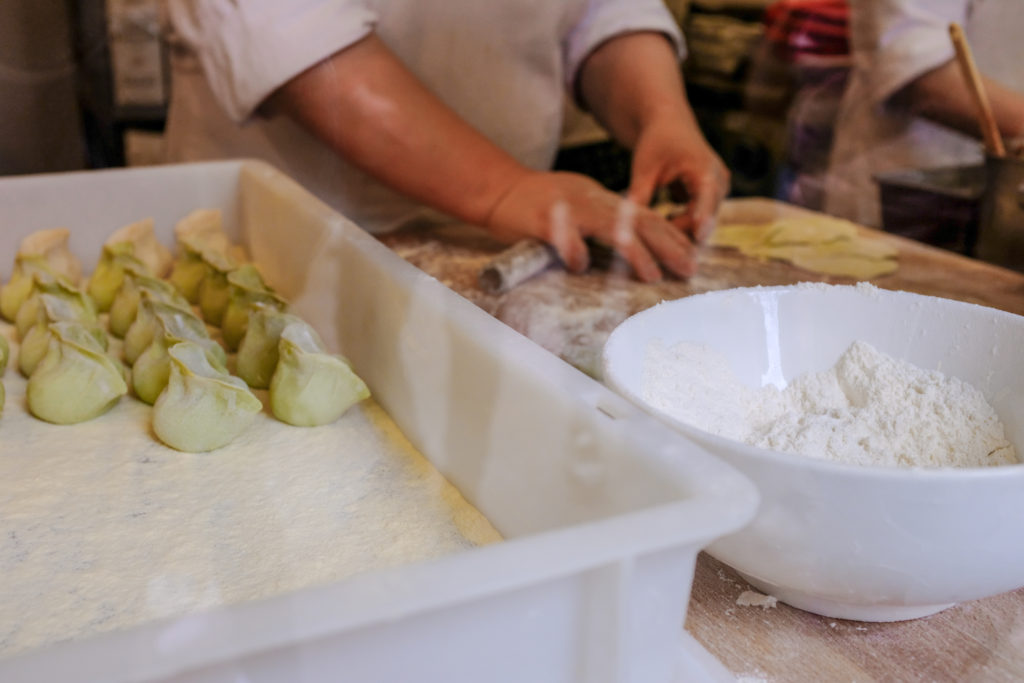
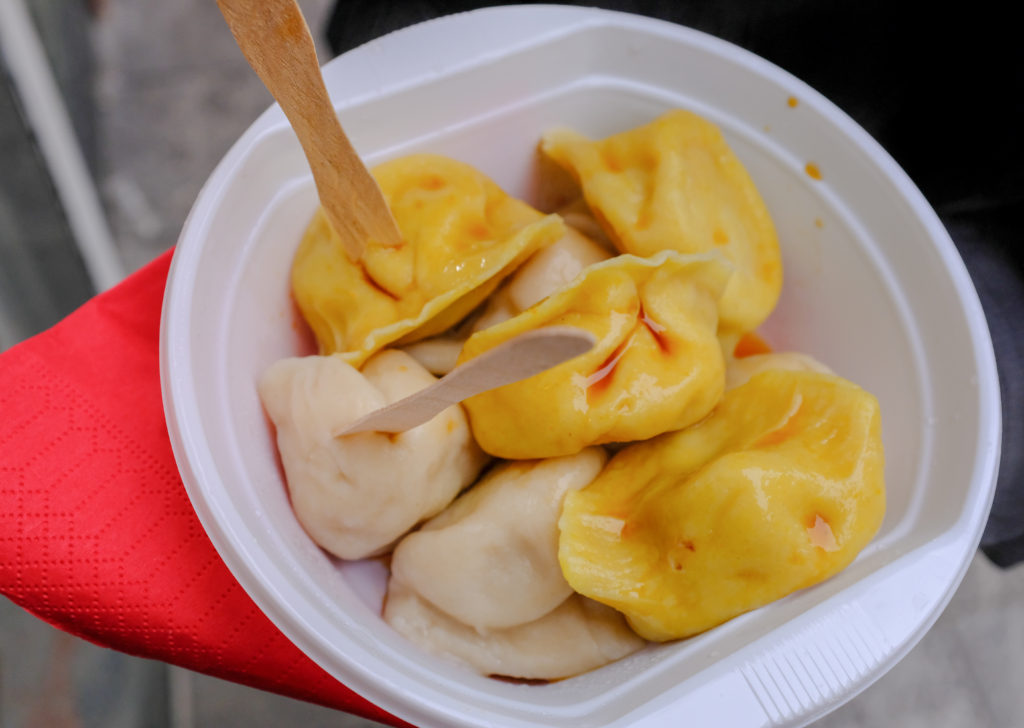
In Italian, dumpling literally translates to ravioli. At this tiny 15-square-meter street shop/kitchen, nestled into one of the walls of Chinatown, you can taste the Italian influence. I was happy to see that there were three Asian women running the show, simultaneously taking orders, wrapping dumplings, and cooking jianbing for the crowd.
This scene felt right out of Asia—except for the fact that they were positioned next to a bottle of extra-virgin Italian olive oil. This shop started as a partnership between an Asian entrepreneur and an Italian butcher.
They source the meat directly from the butcher next door, and with each bite into the dumpling, you can taste the quality. The dumpling skin is also extremely well-made, a bit softer and doughier than typical Chinese dumplings.
Nottingham Forest: Inventive Cocktails
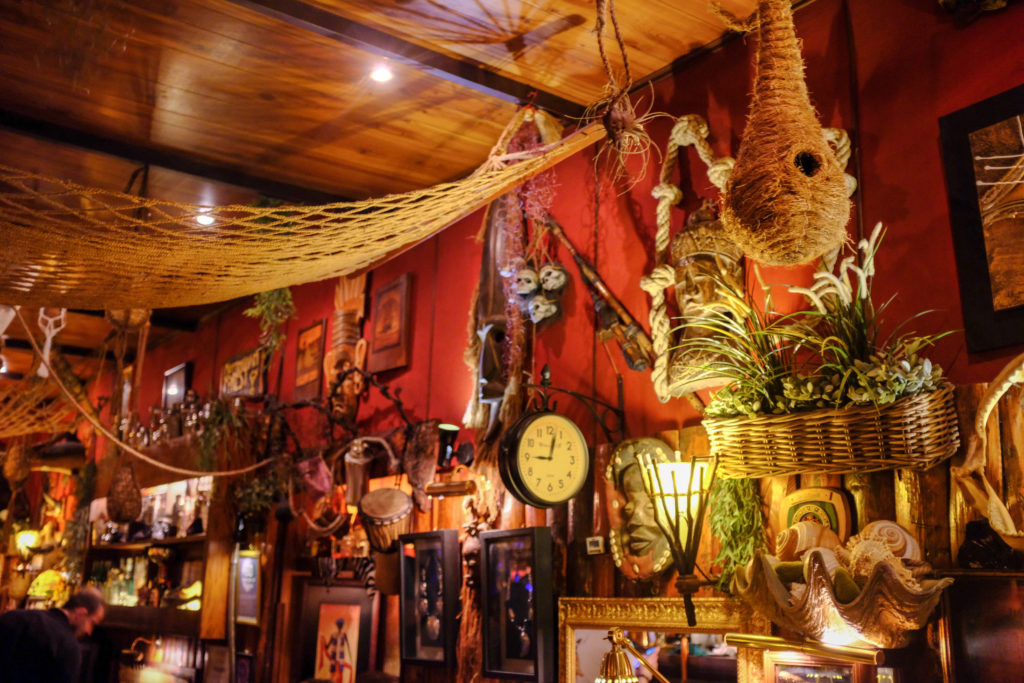
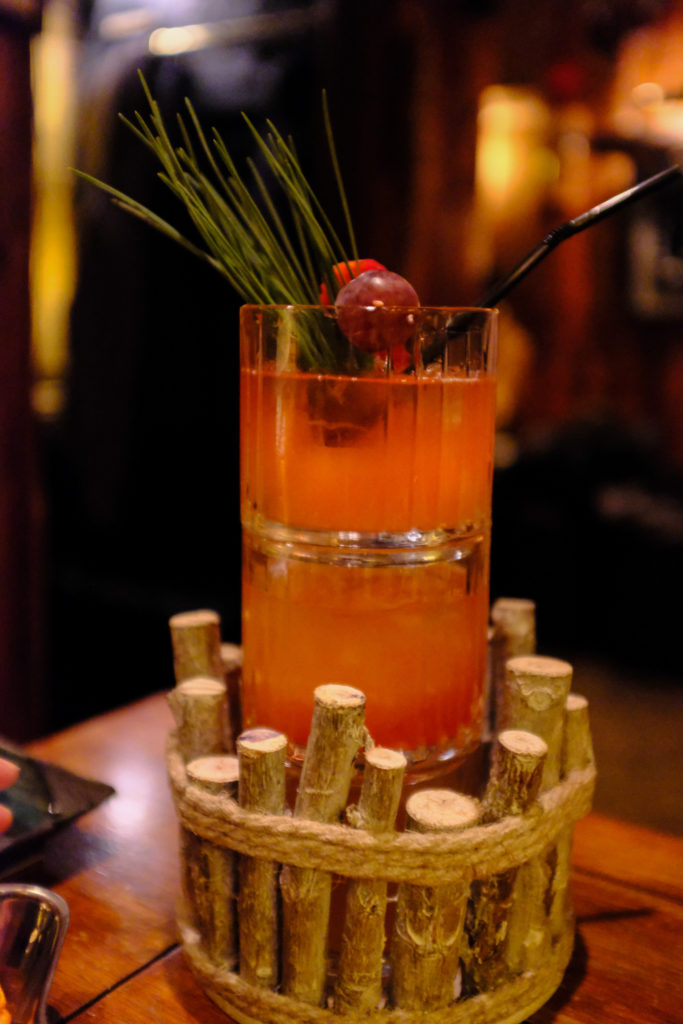
If I were to describe this bar in two words, it would be: international irreverence. It’s not only decorated with artifacts from around the world, but also exudes attitude. Just read the Google Reviews, and you’ll find the owner responding to dissatisfied customer reviews with a reference to the tale, “The Fox and The Grape.”
The drinks here are highly creative. We saw people receiving them in bathtub containers and scientific beakers. Ours was a little bit less out there, 3 drinks stacked on top of each other, but still incredibly delicious.
Espresso Bars: A Cultural Classic
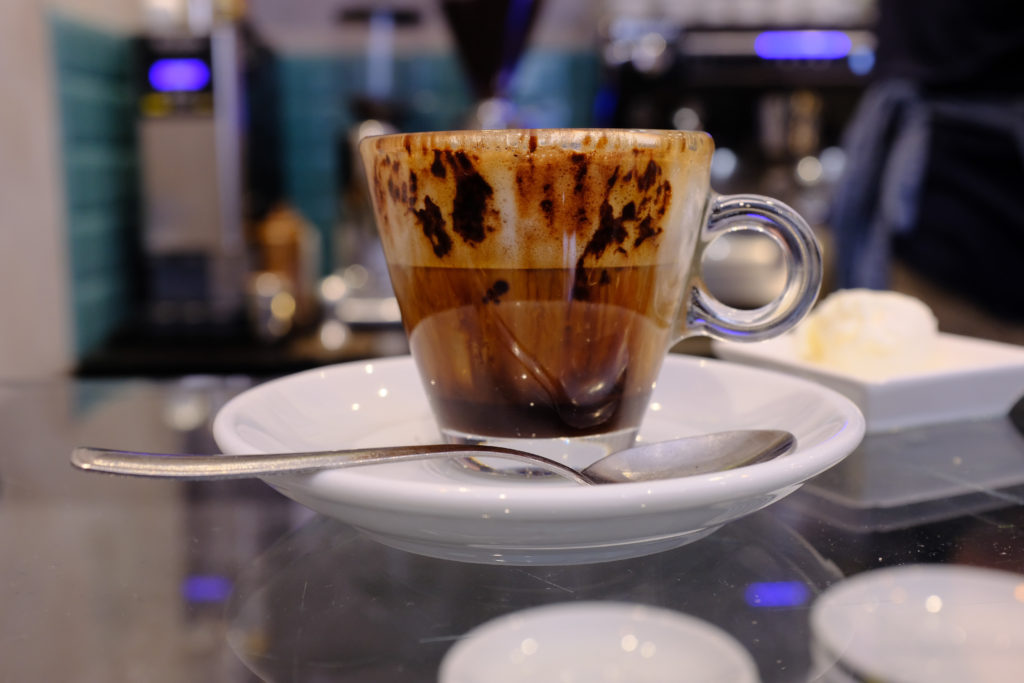
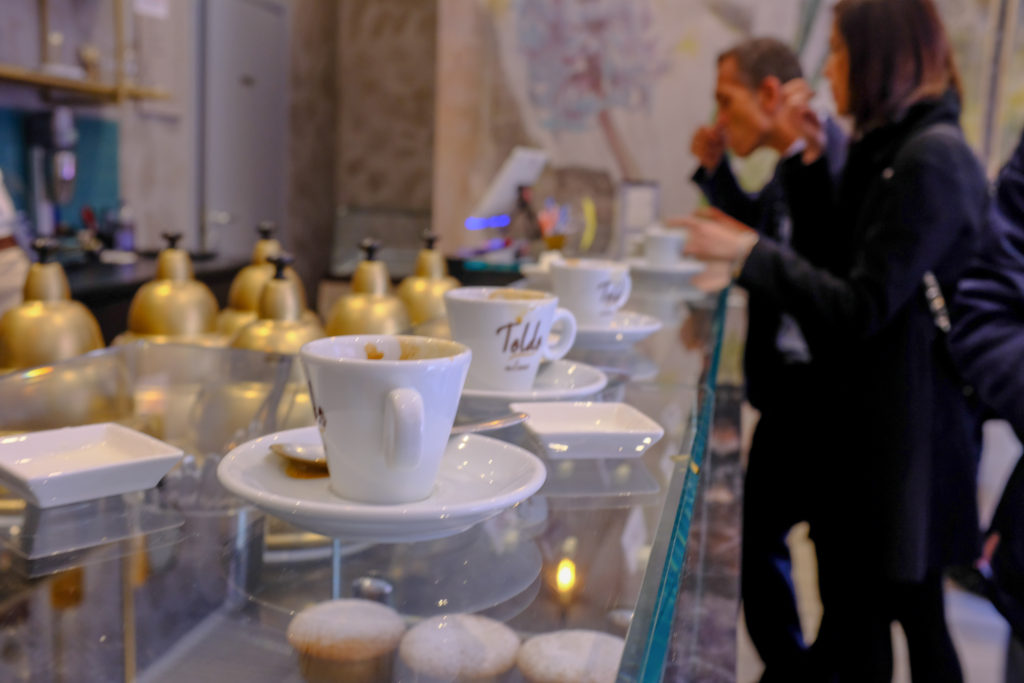
This isn’t a reference to a specific shop, but more just an experience that fascinated me. I love that espressos aren’t takeaway in Italy. Instead, people just walk in, shout their orders, down their coffee, and walk out. The baristas are speedy, collecting a few euros and then slamming a shot of espresso and a spoon of whipped cream on the counter.
We just stood there, mesmerized by the scene, and though only a few minutes passed, we already experienced three rounds of people who had entered in and out of the store. I found it fascinating because it seems to me that people in Italy like to take their time and enjoy their food—yet coffee is consumed on the go, not at all for lingering.

